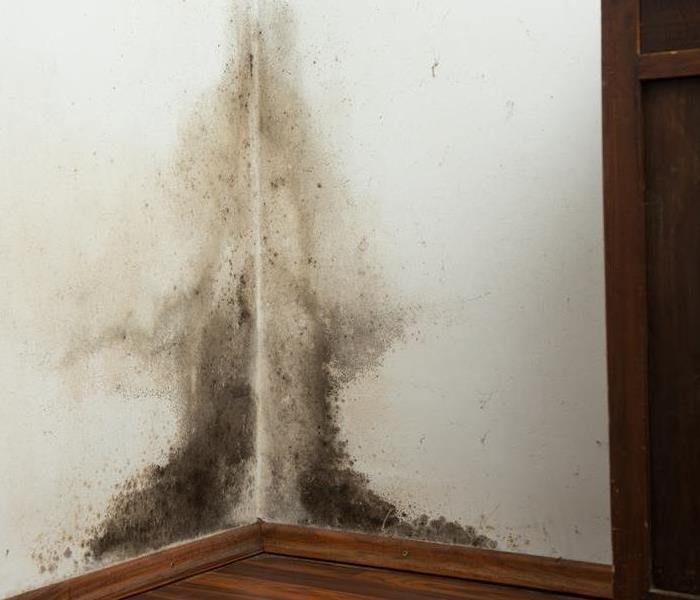Ensuring Employee Safety During Mold Removal: Best Practices to Follow
10/31/2023 (Permalink)
When it comes to mold removal in the workplace, prioritizing employee safety is paramount. While mold can pose health risks, this blog will solely focus on effective ways to maintain a safe working environment during mold remediation. By following these best practices, you can ensure the well-being and peace of mind of your employees throughout the mold removal process.
Conduct a Comprehensive Assessment
Before initiating any mold removal activities, carry out a thorough assessment of the affected areas. Identify the extent of the mold growth and determine the appropriate remediation strategy. This assessment will help you plan accordingly, ensuring that the necessary safety precautions are in place and minimizing potential risks to your employees.
Provide Proper Personal Protective Equipment
Equipping your employees with the appropriate Personal Protective Equipment (PPE) is crucial to their safety during mold removal procedures. This can include items such as gloves, goggles, respiratory protection, and disposable coveralls. Ensure that the PPE is of high quality, fits well, and is comfortable for extended use. Provide proper training on how to wear and use the PPE correctly to maximize its effectiveness in minimizing exposure.
Establish Containment Measures
During mold removal, it is crucial to establish proper containment measures to prevent the spread of mold spores to unaffected areas. Use physical barriers such as plastic sheeting to isolate the work area and restrict access. Install air scrubbers or containment negative air machines to filter and remove mold spores from the air within the contained area. By implementing effective containment measures, you can minimize the risk of cross-contamination and ensure the safety of employees in other parts of the workplace.
Prioritize Proper Ventilation
Maintaining proper ventilation is essential during mold removal. Ensure that the work area has adequate ventilation by using exhaust fans or opening windows and doors if weather permits. This will help remove airborne mold spores and freshen the air within the containment area. Proper ventilation is especially important when using chemicals or cleaning solutions. By prioritizing proper ventilation, you can enhance employee safety by reducing the concentration of airborne contaminants.
Conduct Regular Monitoring and Testing
Regular monitoring and testing of the work area during mold removal is vital to ensure employee safety. Periodically measure air quality and monitor for any signs of mold resurgence or cross-contamination. Conduct visual inspections to ensure that containment measures are intact. If necessary, seek assistance from professional mold remediation experts who can conduct air quality testing and provide additional guidance on maintaining employee safety throughout the process.
In addition to these best practices, clear and effective communication with your employees is crucial. Prior to the mold removal process, educate your staff about the procedures that will be carried out, the importance of their cooperation in adhering to safety protocols, and any temporary changes in their work environment. Encourage open dialogue and address any concerns or questions they may have. By fostering a culture of safety and ensuring that everyone is on the same page, you can create a collaborative and supportive atmosphere during the mold removal process, ultimately promoting the well-being and peace of mind of your employees. Remember, the safety of your employees should always be the top priority.





 24/7 Emergency Service
24/7 Emergency Service
